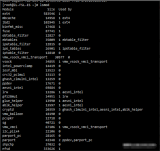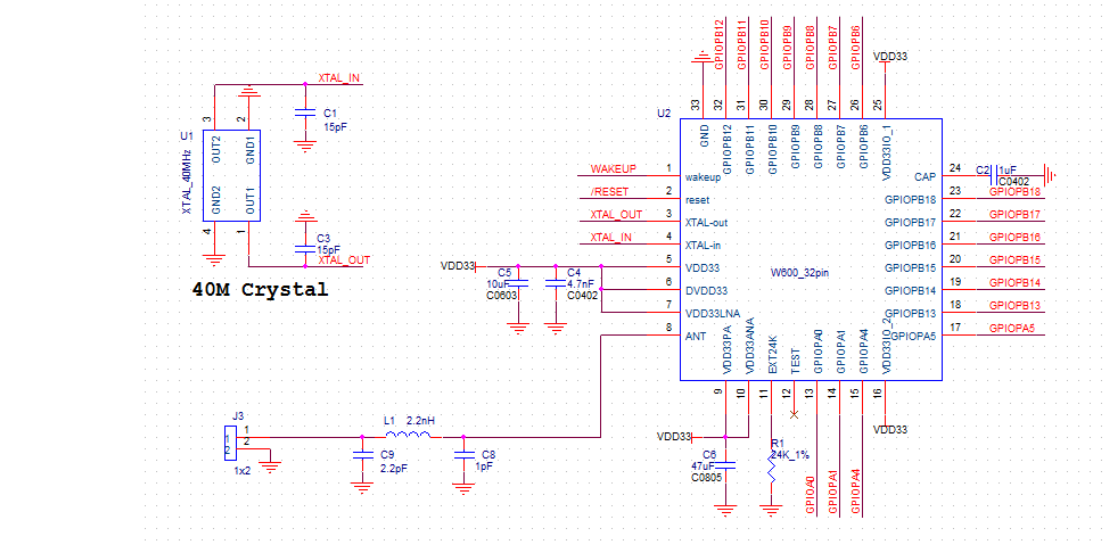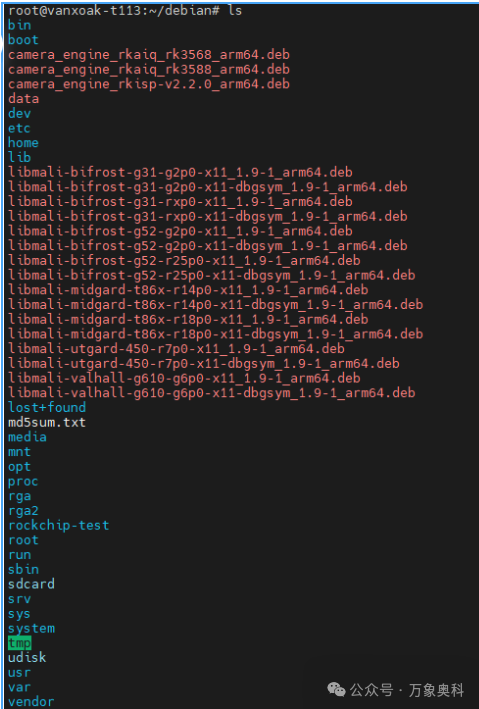往往是因?yàn)?a target="_blank">網(wǎng)絡(luò)傳輸?shù)南拗疲瑢?dǎo)致很多時(shí)候,我們需要在 Linux 系統(tǒng)下進(jìn)行大文件的切割。這樣將一個(gè)大文件切割成為多個(gè)小文件,進(jìn)行傳輸,傳輸完畢之后進(jìn)行合并即可。
文件切割 - split
在 Linux 系統(tǒng)下使用 split 命令進(jìn)行大文件切割很方便
命令語(yǔ)法

使用實(shí)例
# 行切割文件
$ split -l 300000 users.sql /data/users_
# 使用數(shù)字后綴
$ split -d -l 300000 users.sql /data/users_
# 按字節(jié)大小分割
$ split -d -b 100m users.sql /data/users_
```bash
**幫助信息**
```bash
# 幫助信息
$ split --help
Usage: split [OPTION]。。. [FILE [PREFIX]]
Output pieces of FILE to PREFIXaa, PREFIXab, 。。.;
default size is 1000 lines, and default PREFIX is ‘x’。
With no FILE, or when FILE is -, read standard input.
Mandatory arguments to long options are mandatory for short options too.
-a, --suffix-length=N generate suffixes of length N (default 2) 后綴名稱(chēng)的長(zhǎng)度(默認(rèn)為2)
--additional-suffix=SUFFIX append an additional SUFFIX to file names
-b, --bytes=SIZE put SIZE bytes per output file 每個(gè)輸出文件的字節(jié)大小
-C, --line-bytes=SIZE put at most SIZE bytes of records per output file 每個(gè)輸出文件的最大字節(jié)大小
-d use numeric suffixes starting at 0, not alphabetic 使用數(shù)字后綴代替字母后綴
--numeric-suffixes[=FROM] same as -d, but allow setting the start value
-e, --elide-empty-files do not generate empty output files with ‘-n’ 不產(chǎn)生空的輸出文件
--filter=COMMAND write to shell COMMAND; file name is $FILE 寫(xiě)入到shell命令行
-l, --lines=NUMBER put NUMBER lines/records per output file 設(shè)定每個(gè)輸出文件的行數(shù)
-n, --number=CHUNKS generate CHUNKS output files; see explanation below 產(chǎn)生chunks文件
-t, --separator=SEP use SEP instead of newline as the record separator; 使用新字符分割
‘’ (zero) specifies the NUL character
-u, --unbuffered immediately copy input to output with ‘-n r/。。.’ 無(wú)需緩存
--verbose print a diagnostic just before each 顯示分割進(jìn)度
output file is opened
--help display this help and exit 顯示幫助信息
--version output version information and exit 顯示版本信息
The SIZE argument is an integer and optional unit (example: 10K is 10*1024)。
Units are K,M,G,T,P,E,Z,Y (powers of 1024) or KB,MB,。。. (powers of 1000)。
CHUNKS may be:
N split into N files based on size of input
K/N output Kth of N to stdout
l/N split into N files without splitting lines/records
l/K/N output Kth of N to stdout without splitting lines/records
r/N like ‘l’ but use round robin distribution
r/K/N likewise but only output Kth of N to stdout
GNU coreutils online help: 《http://www.gnu.org/software/coreutils/》
Full documentation at: 《http://www.gnu.org/software/coreutils/split》
or available locally via: info ‘(coreutils) split invocation’
文件合并 - cat
在 Linux 系統(tǒng)下使用 cat 命令進(jìn)行多個(gè)小文件的合并也很方便
命令語(yǔ)法
-n: #顯示行號(hào)
-e: #以$字符作為每行的結(jié)尾
-t: #顯示TAB字符(^I)
cat [-n] [-e] [-t] [輸出文件名]
使用實(shí)例
# 合并文件
$ cat /data/users_* 》 users.sql
幫助信息
# 幫助信息
$ cat --h
Usage: cat [OPTION]。。. [FILE]。。.
Concatenate FILE(s) to standard output.
With no FILE, or when FILE is -, read standard input.
-A, --show-all equivalent to -vET
-b, --number-nonblank number nonempty output lines, overrides -n
-e equivalent to -vE
-E, --show-ends display $ at end of each line
-n, --number number all output lines
-s, --squeeze-blank suppress repeated empty output lines
-t equivalent to -vT
-T, --show-tabs display TAB characters as ^I
-u (ignored)
-v, --show-nonprinting use ^ and M- notation, except for LFD and TAB
--help display this help and exit
--version output version information and exit
Examples:
cat f - g Output f‘s contents, then standard input, then g’s contents.
cat Copy standard input to standard output.
GNU coreutils online help: 《http://www.gnu.org/software/coreutils/》
Full documentation at: 《http://www.gnu.org/software/coreutils/cat》
or available locally via: info ‘(coreutils) cat invocation’
作者: Escape
文章出處:【微信公眾號(hào):馬哥Linux運(yùn)維】
責(zé)任編輯:gt
-
Linux
+關(guān)注
關(guān)注
87文章
11345瀏覽量
210389
原文標(biāo)題:Linux 下大文件切割與合并
文章出處:【微信號(hào):magedu-Linux,微信公眾號(hào):馬哥Linux運(yùn)維】歡迎添加關(guān)注!文章轉(zhuǎn)載請(qǐng)注明出處。
發(fā)布評(píng)論請(qǐng)先 登錄
相關(guān)推薦
低空視頻傳輸在望獲實(shí)時(shí)linux系統(tǒng)上的應(yīng)用
防止根文件系統(tǒng)破壞,OverlayRootfs 讓你的設(shè)備更安全

Linux文件查找
盤(pán)點(diǎn)Linux系統(tǒng)中的常見(jiàn)命令

Linux文件壓縮打包的各種姿勢(shì)
如何使用SFTP傳輸大文件
Linux根文件系統(tǒng)的掛載過(guò)程
如何構(gòu)建Linux根文件系統(tǒng)
物聯(lián)網(wǎng)系統(tǒng)高速率WiFi傳輸方案_WIFI模塊詳解

如何修改buildroot和debian文件系統(tǒng)

Linux高級(jí)文件系統(tǒng)管理詳解
linux--sysfs文件系統(tǒng)





 Linux系統(tǒng)下傳輸大文件的切割與合并實(shí)例分析
Linux系統(tǒng)下傳輸大文件的切割與合并實(shí)例分析











評(píng)論